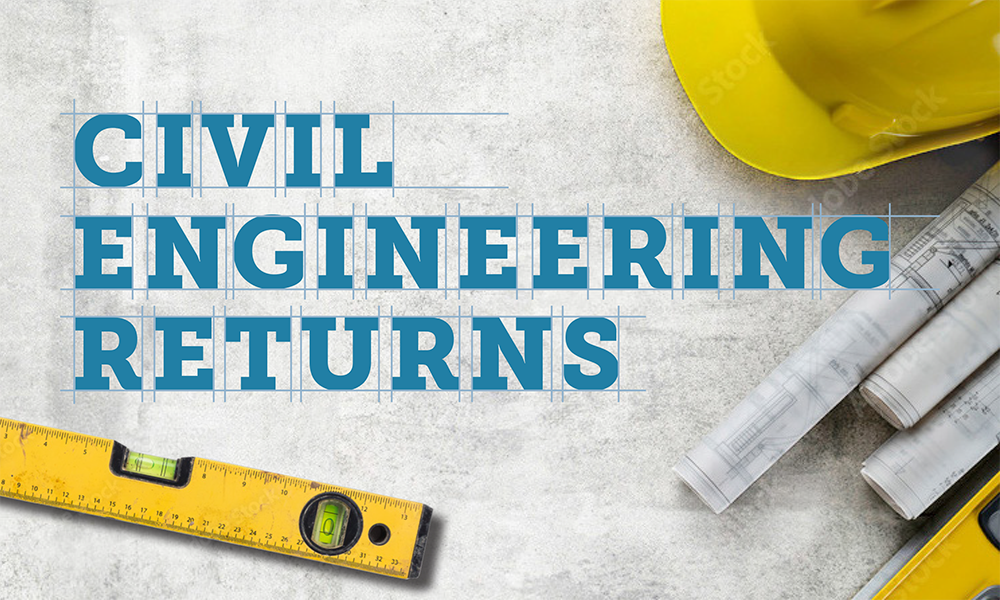What do you do now and what has your career been like so far?
As vice president and transportation innovation leader at HNTB Corporation (Columbus, Ohio), my current specialty is advanced mobility and sustainable energy solutions. For example, HNTB is working with 15 states to implement the federal National Electric Vehicle Infrastructure program. My team is leading this work.
We have also developed, and are supporting the implementation of, the North Carolina Department of Transportation’s Advanced Transportation Mobility Strategic Plan. It aims to improve quality of life and create economic opportunity through ground and aviation transportation. Recommendations include a variety of mobility hub styles and functionalities that use emerging technologies to connect underserved people and places more efficiently. The most rewarding part of being a civil engineer and working on these types of projects is seeing the impact of your designs move society forward.
How do you feel about civil engineering’s reinstatement?
With the benefit of hindsight, I can say that Union professors did an exceptional job preparing us for the workforce. From required public speaking class (critical for public meetings!) to practical transportation labs (setting up traffic counters, conducting ball bank tests). From guidance for the concrete canoe competition (Professor Ashraf Ghaly) to visiting construction sites to understand management activities (Professor LaPlante) to visiting drinking water, wastewater and hydroelectric plants in Sao Paulo, Brazil (Professor Phillip Snow).
My hope for Union’s Department of Civil and Environmental Engineering is that it produces graduates with the curiosity, work ethic and critical thinking skills needed to transition the U.S. and world to a clean energy future. Their skills are needed more than ever.
Civil engineering intersects with many other fields, even artificial intelligence. How do you use AI in your job?
HNTB’s clients are primarily government agencies. With natural disasters on the rise, infrastructure resiliency is more important than ever. Our digital infrastructure solutions team is working on artificial intelligence-based decision support systems that help predict the impact and likelihood of disruptions to the transportation network (bridges, culverts, roadways, retaining walls, utilities and ancillary structures). This allows for more organized and coordinated multi-agency response plans.
Artificial intelligence is popping up everywhere right now. What makes this technology so useful in so many fields?
Machine learning and AI have been in use for years. It’s another tool, so tech can serve us – not the other way around. Unlike previous technology-related productivity gains, AI is expected to primarily benefit white-collar jobs. A recent study found AI results in 40% productivity gains when the capabilities align with the task, and a 20% decrease when used outside its domain strength. For fun, I used AI to help me generate an answer specific to civil engineering.
-
AI-powered software can optimize traffic flow, reduce congestion and generate and evaluate design options quickly and efficiently.
-
AI-powered robots can perform dangerous or repetitive tasks on construction sites. This improves safety and efficiency.
-
AI-powered sensors can monitor the condition of infrastructure and identify potential problems early on. This can help prevent costly repairs and extend the lifespan of infrastructure.
AI has real benefits and risks. It presents a great opportunity to enhance human intelligence and human potential, and because of this, we are going to have to work and fight for positive AI use.


